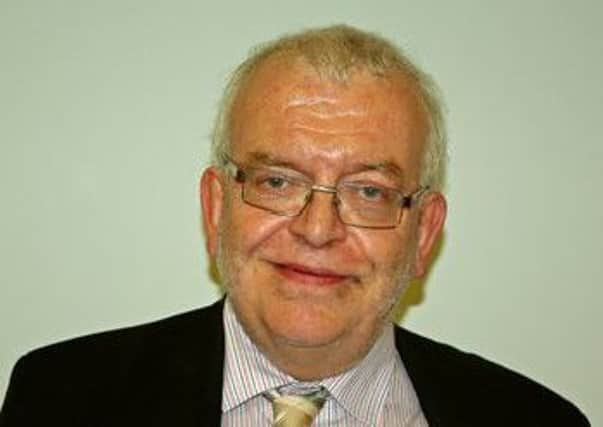John Yellowlees: Far North Line has huge potential not just for locals but for tourism too


Inverness to Wick is just two hours by car, but the Far North Line takes twice that time on its route, which is about as long as London to Sheffield, because it has to avoid the natural obstacles of three estuaries and the precipitous Ord of Caithness.
Under threat well before Beeching, but reprieved on grounds of hardship, rail’s competitiveness was eroded when the Beauly, Cromarty and Dornoch Firths were bridged by the A9 during 1979-91.
Advertisement
Hide AdAdvertisement
Hide AdRail’s strengths include that it continues to thread together communities now bypassed by the new A9, taking passengers remote from any road through the Flow Country and providing a competitive journey time for travellers heading through Thurso for Orkney.
The line passed its greatest test in 1989 when a surge of water washed away the viaduct across the River Ness and Scottish Region general manager John Ellis made the series of phonecalls that enabled him to announce the following day the British Railways Board’s commitment to building a replacement.
However, the Scottish Office’s exclusion of rail from the Dornoch Firth crossing seemed to call its longer term future into question, and Rogart-based rail campaigner Frank Roach (now HITRANS rail development manager) urged creation of a support group, whose inaugural conference was held in 1995.
There then commenced years of steady progress, beginning with a Dingwall commuter service announced at the Friends 1997 AGM. Faster Class 158 trains appeared from 1999, in 2001 Sunday trains went all-year, and in 2002 Beauly opened as Britain’s smallest station, getting its own local service with 2005’s introduction of Invernet, a train shuttling to and fro throughout the day.
In 2006 came a fourth southbound train, matched two years later by one northbound, and 2007 saw a start on refurbishment of the train fleet with better seat spacing and more space for luggage and bicycles. In 2013 there was another reopening at Conon Bridge, again with a short platform.
A reminder that not everything can be onwards and upwards came with the Friends hope from that time that new trains would be forthcoming in due course, which in 2020 is still nowhere in sight. Much worse was the blow in 2005, when the slowed line-speeds into loops as a result of train protection and warning system installation resulted in deceleration of schedules that more than wiped out any benefit from the 90mph capability of the 158s.
Led since 2017 by convenor Ian Budd, who also edits their award-winning magazine, the Friends have also been able to pursue smaller matters, such as an inadvertent threat in 2018 to connections at Inverness, which they were able to get largely reversed.
Their now well-established connections with the railway industry enabled them in 2017 to commission a comprehensive study of Far North performance, which revealed that, while all their original expectations had been fulfilled, a state of paralysis now existed with all sides frustrated at the interlocking difficulties of getting to the next level.
Advertisement
Hide AdAdvertisement
Hide AdLooking at all aspects ranging from vegetation management and level-crossing operation through operation of radio signalling to fleet issues such as sanding of the track, the study came up with an agenda of issues that rapidly led Cabinet Secretary Fergus Ewing to commission a line review, which has accepted the case for a timetable recast and seen the much-canvassed merits of restoring a passing loop at Lentran between Inverness and Beauly.
The line review has completed its report, and a similar approach has been adopted in the West Highlands. The Friends are looking forward to implementation of the timetable recommendations, which foresee a three-tier service – hourly locals to Tain, twice-daily limited-stop end-to-end trains and also local ones at the northern end of the line in recognition that there is significant travel between the Sutherland villages and Caithness. Discussion continues about a battery-train demonstration between Thurso and Wick, and on freight there are hopes for timber bound for the woodchip plant at Dalcross and for the return of supermarket traffic.
Looking further ahead, the Friends would like to see a Georgemas Chord for direct running to Thurso and an extension over the short distance to the Port of Scrabster. Beyond their patch, they hope for a rethink on the A9 and A96 corridors where it cannot be right in this era of a climate emergency that newly-dualled roads should continue to be paralleled by single-track railways.
Being less celebrated than the West Highland and Kyle Lines, the Far North has greater unexplored tourist potential, with an ever-changing landscape and views of Firths, sea-shores and the Flow Country which are particularly worthy of this Year of Coasts and Water.
The Friends believe that the success of the North Coast 500 should point the way towards a public transport equivalent since rail goes to places that the private car cannot reach. CILT will be following their progress with continuing interest.
John Yellowlees, Scottish chair, CILT